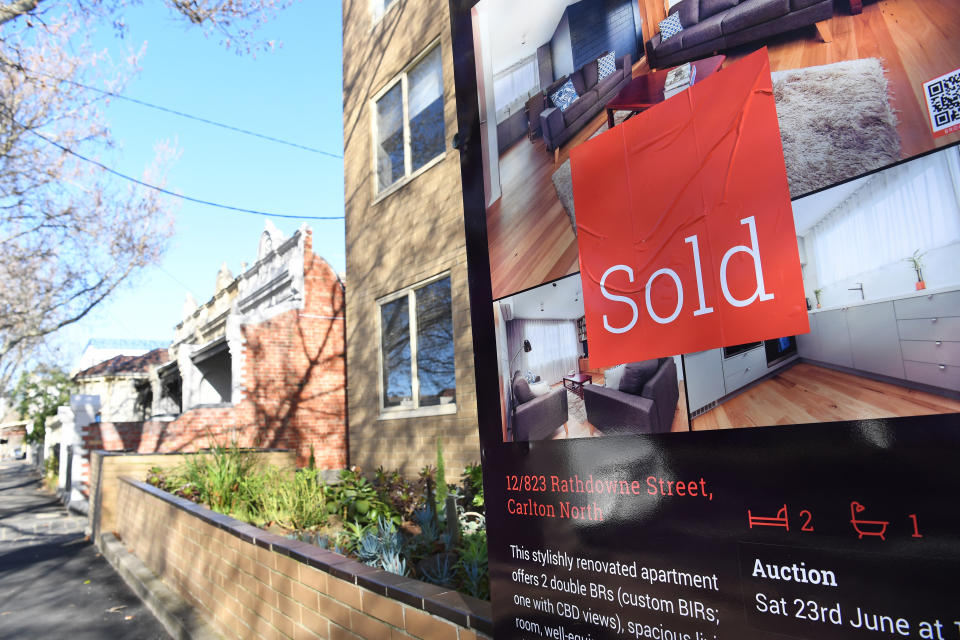The knock-on effects of tighter lending conditions

Australians are finding it harder to get home loans, as banks further tighten lending criteria in the wake of scandalous findings at the royal banking commission.
But it isn’t just borrowers, mortgage brokers and lenders who are suffering.
A slowdown in lending activity also has a knock-on effect for many other industries and revenue streams, according to Corelogic head of research Tim Lawless.
Also read: Is the Aussie stock market about to crash
Less lending suggests fewer home sales for real estate agents and developers, a reduction in building inspection, less conveyancing for lawyers and also a slump in stamp duty for state governments.
Consumer and white good retailers are also impacted as they lose out on the increase in sales that come with a property boom.
“Generally, when people buy a home, they also splurge on household items such as appliances, white goods and home furnishings, so there is strong relationship with household consumption,” Lawless said.
Also read: 4 ways to weather slower house price growth
“Less spending from households has direct implications for Australia’s economic prosperity, considering consumption comprises close to 60% of our gross domestic product.”
The latest data from the Australian Bureau of Statistics shows the overall value of housing finance
commitments was down 5.1% between July 2017 and July 2018.
Since the peak in the value of housing finance in August last year, the value of commitments
has reduced by 7.0%; a reduction of about $2.35 billion.
Also read: Where would you be today if you’d bought property 20 years ago?
Lawless points out that the decline is most visible for investment loans where the value of lending is down 15.7% over the twelve months ending July ‘18 and almost 31% lower since peaking in April 2015.
Owner occupier lending has held much firmer, actually rising 1.1% over the past twelve months (including refinanced loans) and only 1.0% lower than record highs.
“Clearly those industry participants who are more exposed to investment channels have borne the brunt of the credit downturn,” Lawless said.

 Yahoo Finance
Yahoo Finance 
